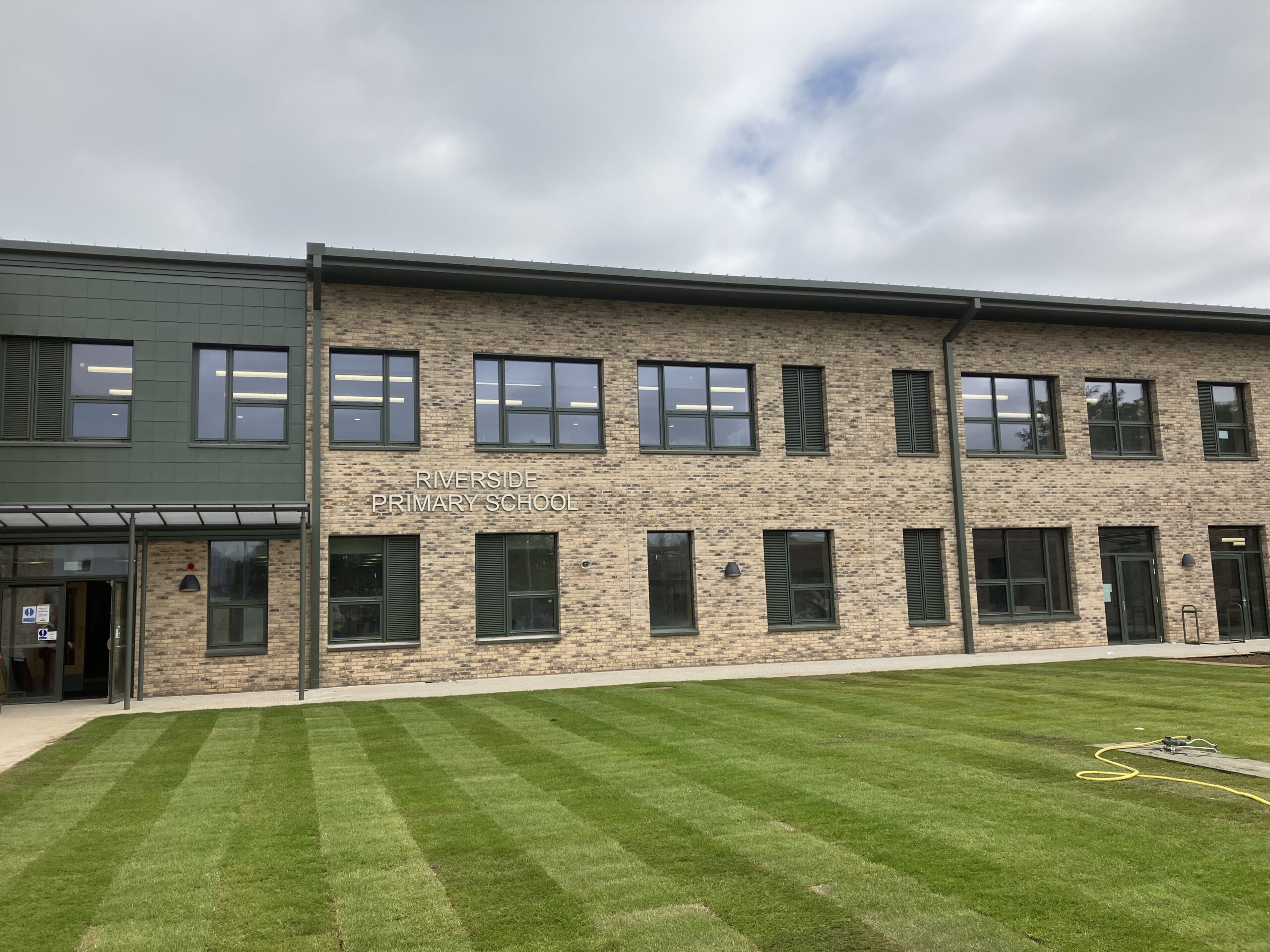
The drive to meet net-zero carbon targets, spiralling energy costs and the desire for assured comfort standards has resulted in an increase in projects that are adopting a PassivHaus approach. To achieve PassivHaus standards demands construction to a rigorous quality level but how do the PassivHaus standards and quality go together?
Jonathan Hines is Managing Director of Architype, architects who specialise in sustainable design and Passivhaus. He states:
“Passivhaus is known primarily as an energy and comfort standard, but at its core it is a quality standard.”
Jonathan Hines is Managing Director of Architype, architects who specialise in sustainable design and Passivhaus. He writes –
Passivhaus is known primarily as an energy and comfort standard, but at its core it is a quality standard.
Its purpose is to maximise the comfort of building occupants, particularly in terms of thermal comfort and air quality, whilst minimising the energy required to achieve that.
Many modern buildings fail to achieve the (much less stringent than Passivhaus) comfort and energy standards they are designed to deliver. That is, they consume more energy than they are designed to, whilst failing to maintain adequate user comfort.
This ‘performance gap’, as it is known, is ultimately a failure in the delivery of quality – either or both, quality of design or quality of construction.
By contrast over the last 40 years Passivhaus buildings have consistently achieved radically reduced energy consumption whilst delivering optimum comfort. For example, every single Passivhaus education building that Architype has designed and monitored over the last 10 years has performed exactly as designed, and consistently consumed total energy less than the SFT metric of 67kWH/sqm/year.
Passivhaus does this through a rigorous process of quality checking through both the design stage and the construction stage, by an independent third-party certifier.
At the heart of Passivhaus is a series of clear and simple standards – the most notable of which is the absolute thermal energy target of 15kWh/sqm/year.
During the design stages, the Passivhaus Planning Package (PHPP) is used initially as a design tool to ensure that the developing design meets the fundamental Passivhaus standards. At key sign off stages the PHPP is also used by the third-party certifier to check that the design meets the required Passivhaus quality standards.
Any issues or areas of concern will be highlighted by the certifier and tracked as the design develops until the certifier is satisfied that the designs comply fully with the PassivHaus quality standards.
In our experience, to achieve this requires close collaboration between every party involved in the design – all members of the design team, the client, facilities managers, and the contractor if appointed at this stage – because all play a critical role in decisions that impact on performance and quality.
During the construction stage the contractor is required to collect evidence that every aspect of the design is delivered fully in the construction. This will include evidence that the specified materials are all delivered and installed as specified in the design PHPP – comprising invoices and delivery tickets, photographic records etc; evidence that the rigorous airtightness standards have been achieved through specialist testing; thermal imaging photography to confirm continuity of insulation installation; full and detailed commissioning records; operation manuals; and records of all installed equipment small power loads.
Any changes made have to be checked for compliance by testing in, and updating, the PHPP. The final PHPP and all the collated evidence is provided to the independent certifier for final assessment, prior to certification being awarded.
The performance of the certifier and the quality of the certification process is in turn overseen by the Passivhaus Institute, who have maintained and optimised the PassivHaus standard for 40 years.
I don’t believe that there is any other approach in the building industry that is so rigorously focussed on checking the achievement of quality at every stage, by an independent expert third party.
Some opt out of certification and claim to simply follow Passivhaus ‘principles’. Whilst this may improve what they would otherwise do, in my view once the rigour of third-party certification is lost, the single-minded focus on quality goes, and quality standards inevitably slip. For a client setting PassivHaus certification as a contractual requirement it effectively brings a guarantee that the building will perform as designed, and in Scotland is a guarantee that the building will meet the SFT energy metric for schools.
In our experience, the focus that the PassivHaus process brings to a project influences and impacts every single member of the team, and encourages a culture of collaboration between them to achieve that quality.
As architects and PassivHaus designers we draw the client into key quality decisions, share knowledge across the design team and hold them to account for the quality of their design and information. In addition, we and the design team support the contractor with toolbox talks, additional quality inspections, and establishing and running their evidence collection systems.
PassivHaus cultivates collaboration between parties and promotes a culture of quality at every stage, and results in the delivery of higher quality buildings that perform exactly as designed in use.
PassivHaus is primarily a quality standard, designed to deliver exceptional user comfort whilst consuming minimal energy,
Architype are designers for Perth & Kinross Council’s new primary school which is being built to PassivHaus standards. The project combines the existing North Muirton and Balhousie Primary Schools to form a new replacement school to be named Riverside Primary School. A case study and information on the project is being developed and will be made available here once completed.
